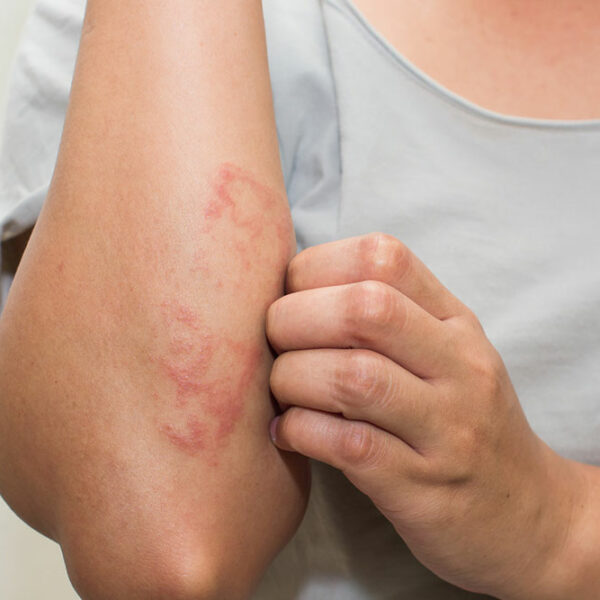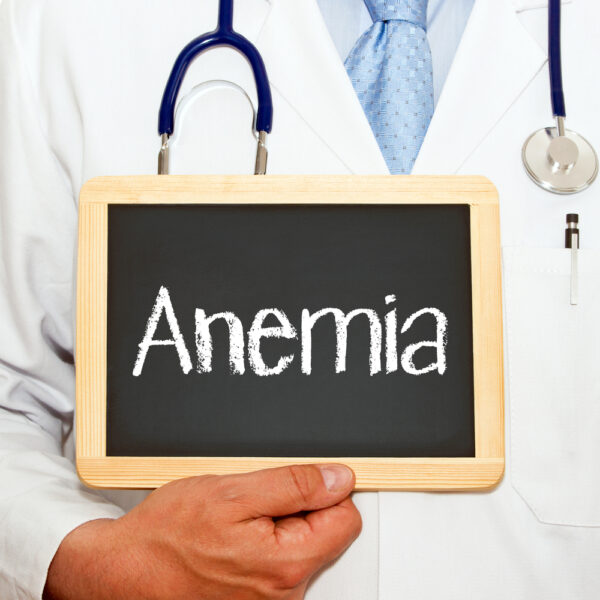
Know about the treatments for multiple sclerosis
Multiple sclerosis is a neurological disorder where the immune system mistakes the myelin as an enemy and tries to destroy it. Myelin, a protective cover that insulates the nerve fibers, is responsible for sending electrical signals from the brain to the other parts of the body. The condition is autoimmune in nature and cannot be cured. Which is why the treatments are primarily focused on speeding the recovery, coping and managing the symptoms, and slowing the progression. Treatments for multiple sclerosis attacks Plasmapheresis In this treatment, the liquid portion of the blood, the plasma, is removed and separated from the blood cells. These blood cells are then mixed with a solution of protein (albumin). This treatment is used if one is experiencing severe symptoms of multiple sclerosis that have not responded to other medications and steroids. Corticosteroids This is a group of medication that is effective in reducing the inflammation of nerves in case of an attack. However, the side-effect of this group of medicines includes increased blood pressure, fluid retention, mood swings, and insomnia. Disease-modifying therapies In order to slow the progression and lower the relapse rate of the condition, disease-modifying therapies are used. It is extremely crucial to consult a doctor before consuming any of these medications, as they could be harmful.









